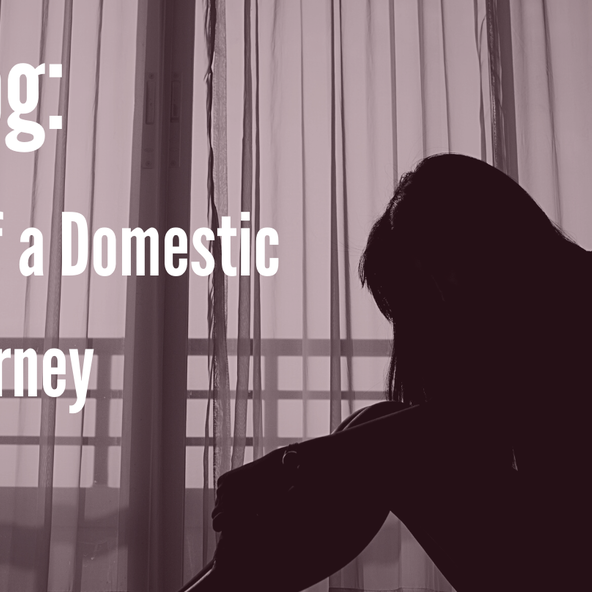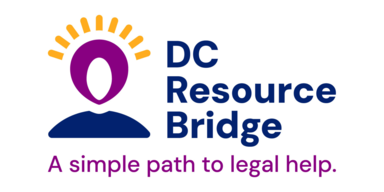
More than a year ago, on March 13, 2020, our lives changed drastically. Seemingly overnight, stay-at-home orders were put in place and most of the country started working from home. Here, at the Legal Aid Society of the District of Columbia, we quickly shifted our practice from an in-person office setting to a virtual one. In the Domestic Violence/Family Law Unit, we had to figure out how to provide our services to domestic violence survivors under our new normal.
One of my first virtual hearings involved a client I had been assisting for several months. She was a domestic violence survivor filing for divorce from her husband. As we were preparing for her divorce hearing, she became nervous and anxious. I reassured her over the phone. I told her that we would get through this hearing, and she would finally cut the cord that was tying she and her husband together. We appeared before the Judge, and after an hour, she was divorced.
This was not a hard case legally. It was an uncontested divorce in which her husband was easy to serve and willing to accept that my client did not want to be married anymore. However, this case was hard emotionally. I was not able to stand next to my client. I was not able to hold her hand. I was not able to talk with her after the hearing and congratulate her on finally pushing forward on the divorce. Finally, I was unable to hug her. All we had was a face-less phone conversation.
In a typical, pre-pandemic case, I would have met face-to-face with my client and tried to put her at ease as she navigated through the court process. Typically, we would meet our clients at the Domestic Violence Intake Center and discuss their case and prepare them for their Temporary Protective Order hearings (the first step in obtaining a year-long Civil Protection Order (CPO)). Two weeks later, we would meet with those same clients at 8:30 a.m. in the hallways of the Courthouse, discuss their cases, go over their testimony, and wait with them for their CPO cases to be called.
Under our new normal, in-person meetings are now phone conversations. As I learned, despite my best efforts, it was hard to provide clients with the same level of emotional support on the phone as it is when meeting in person. (I have also found that it has been harder to even stay in contact with our clients – in some cases, we lost contact with clients for weeks at a time. Some clients lost phone service due to loss of income, and other clients contracted COVID-19, which caused them to be hospitalized for a time. For example, one of my clients was on a ventilator for three weeks and continues to struggle to breathe months after leaving the hospital.)
The transition from in-person meetings with clients to phone conversations has not only been challenging for my clients but has also been hard for me. I went into this type of work to support domestic violence survivors. It has been much more difficult to be that support when the only contact I have with clients is over the phone, and when I see them for the first time at a virtual court hearing.
After my client won her divorce hearing, I exited the screen and thought about how I can no longer do my favorite part of doing this work. Hug. Cry. Reassure. Celebrate. It is times like this that you want to stand by your client and reassure them, but we cannot do that. In our concern for our clients, we don’t always talk about how we, as advocates, are impacted by the pandemic. For me, not being able to stand with my client, is the hardest part of litigating during these unprecedented times.




